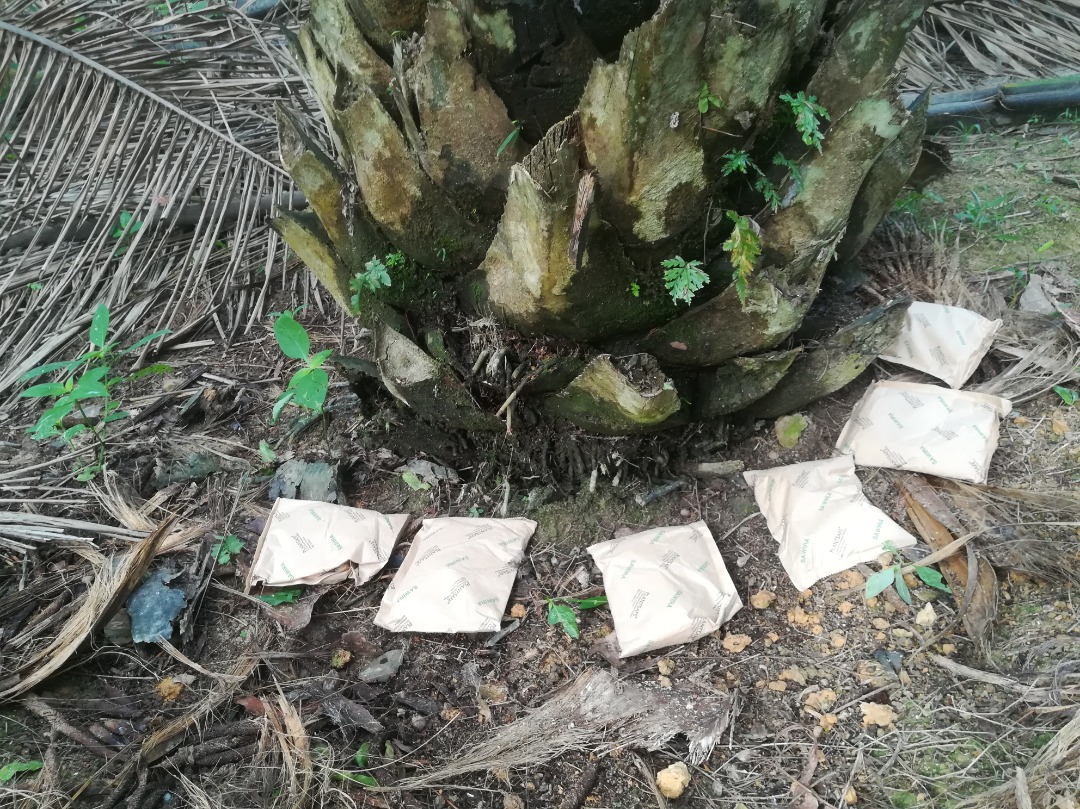Nutrient management is closely associated with fertilizer type, application rate, application time, and application placement. This article focuses on selecting the right fertilizer to enhance profitability and satisfy best management practices (BMPs). There are many fertilizer sources available for commercial crop production such as straight fertilizer, mixture fertilizer, compound fertilizer, controlled-release fertilizers and slow-release fertilizers.
Using too much fertilizer all at once without timing applications to the plants’ growth stage pattern can expose plants to scorching and cause nutrient loss through leaching or runoff. It frequently means that nutrients will not be available to plants when needed. To deal with these challenges, the global fertilizer industry has been working to develop new fertilizers called controlled-release fertilizer (CRF) and slow-release fertilizer (SRF). These fertilizers have become more and more popular in recent years.
CONTROLLED-RELEASE FERTILIZER (CRF)
SLOW-RELEASE FERTILIZER (SRF)
THE DIFFERENCE BETWEEN CONTROLLED-RELEASE FERTILIZER (CRF) AND SLOW-RELEASE FERTILIZER (SRF)
References:
Lawrencia, D.; Wong, S.K.; Low, D.Y.S.; Goh, B.H.; Goh, J.K.; Ruktanonchai, U.R.; Soottitantawat, A.; Lee, L.H.; Tang, S.Y. Controlled Release Fertilizers: A Review on Coating Materials and Mechanism of Release. Plants 2021, 10, 238.

PLANTSAFE sachet fertilizer is a controlled-release product that is innovative and effective at the same time. The product is designed to tackle all soil types and terrain. Not only durable in high rainfall areas but also an environmentally friendly product that makes plantation management easier.
CONTROLLED-RELEASE FERTILIZER (CRF)
- CRF is a type of fertilizer that contains a plant nutrient in a form the plant cannot immediately absorb. Uptake is delayed after application, so CRF provide the plant with available nutrients for a longer time.
- Controlled-release fertilizers are typically coated or encapsulated with inorganic or organic materials that control the rate, pattern, and duration of plant nutrient release.
- The release rate of a CRF fertilizer is designed in a pattern synchronized to meet changing crop nutrient requirements.
SLOW-RELEASE FERTILIZER (SRF)
- Nitrogen products decomposed by microbes are commonly referred to as SRF fertilizers. Some SRFs such as N-SURE are made in factories.
- The nutrient release pattern of SRFs is fully dependent on soil and climatic conditions.
- Slow-release fertilizer releases nutrients gradually with time, and it can be in an inorganic or organic form. There are two types of SRF fertilizers: natural and artificial.
- Natural SRFs include plant manures, such as green manure or cover crops, all animal manures (chicken, cow, and poultry) and compost. Because of their organic nature, these must be broken down by microbial activity before the nutrients can be released to crops.
- Synthetic SRFs are sparingly water-soluble. The bioavailability of this type of fertilizer (typically in pellet or spike form) depends on soil moisture and temperature. Nutrients are released throughout a period of time that may range from 20 days to 18 months. Therefore, fewer applications are needed with SRFs, but nutrients are released based on the temperature and moisture conditions in the soil, which may not match the crop growth demand due to varying weather conditions.
THE DIFFERENCE BETWEEN CONTROLLED-RELEASE FERTILIZER (CRF) AND SLOW-RELEASE FERTILIZER (SRF)
- The terms “slow-release fertilizer,” or SRF, and “controlled-release fertilizer,” or CRF, do not mean the same thing.
- Controlled-release fertilizer is also known as controlled availability fertilizer, delayed-release fertilizer, metered release fertilizer, coated fertilizer (Oertli and Lunt1962), or slow-acting fertilizer (Gregorich et al. 2001). According to Shaviv (2005), “The term controlled-release fertilizer became acceptable when applied to fertilizers in which the factors dominating the rate, pattern and duration of release are well known and controllable during CRF preparation.”
- Slow-release fertilizers involve a slower release rate of nutrients than conventional water-soluble fertilizers, but the rate, pattern, and duration of release are not controlled (Trenkel 2010) because they depend on microbial organisms whose effectiveness is dependent on soil temperature and moisture conditions.
- Because of their dependence on microbial digestion to enable nutrient availability, SRFs occasionally pose the risk of increased harmful leaching events. This situation occurs when favourable conditions for microbial activity follow after the cropping cycle. Excess available nutrients can be pollutants irrespective of the source.
References:
Lawrencia, D.; Wong, S.K.; Low, D.Y.S.; Goh, B.H.; Goh, J.K.; Ruktanonchai, U.R.; Soottitantawat, A.; Lee, L.H.; Tang, S.Y. Controlled Release Fertilizers: A Review on Coating Materials and Mechanism of Release. Plants 2021, 10, 238.

PLANTSAFE sachet fertilizer is a controlled-release product that is innovative and effective at the same time. The product is designed to tackle all soil types and terrain. Not only durable in high rainfall areas but also an environmentally friendly product that makes plantation management easier.
- Controlled release up to 6 months
- Naturally degradable after 6 months
- Easy application, only 2 rounds per year
- Durable under the harsh weather conditions
- Balanced nutrients for optimum palm growth

